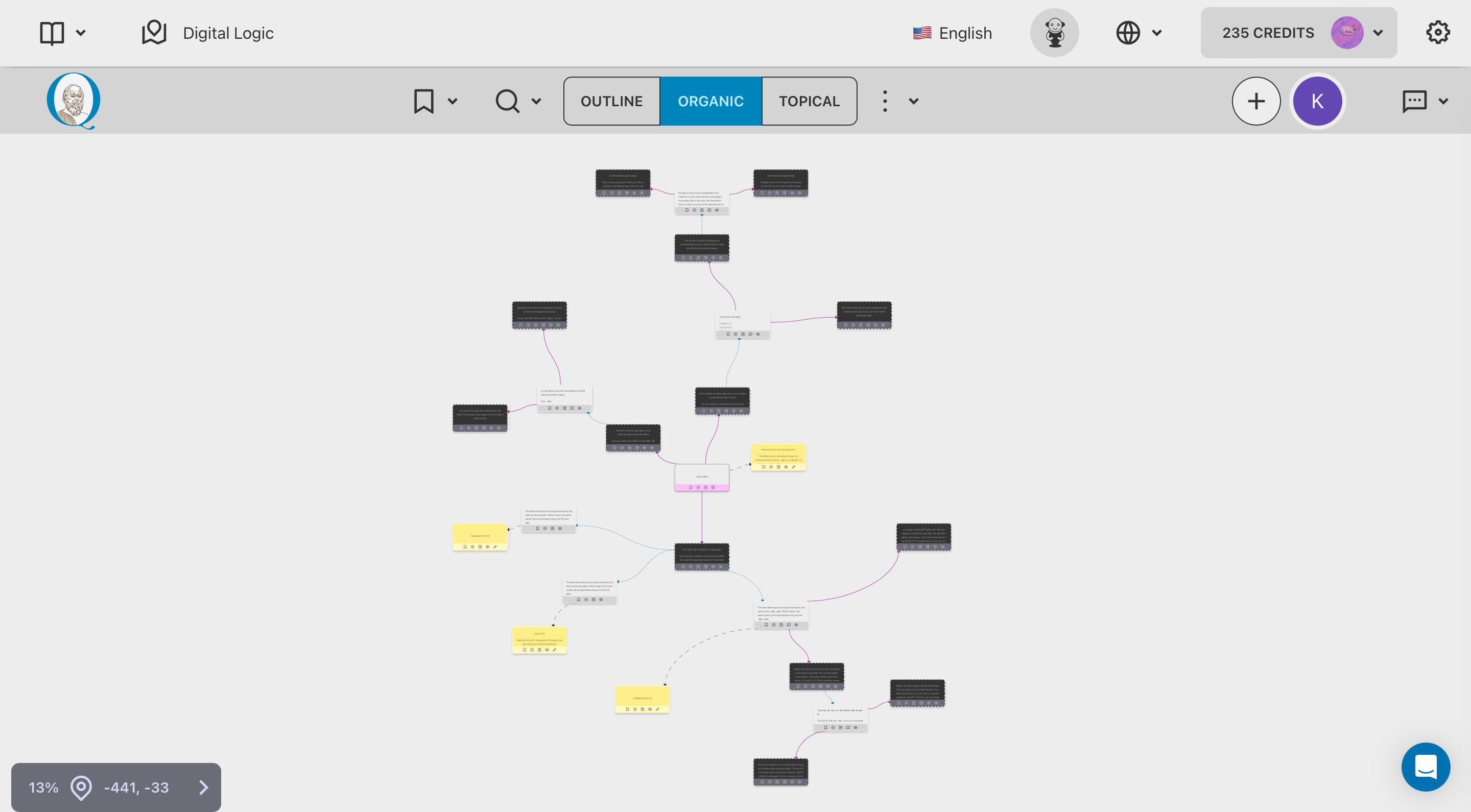Background
This is a part of a series of posts where we talk about our micro-scale, deep-impact work leading up to our grand vision towards building the next Nalanda - A school, university and a glacier for culture, philosophy, math, art and science.
This series focuses on one aspect of our work. Possibilities and outcomes if and when we are ready to give ourselves permission to rethink, without resorting to shortcuts, what it means to learn. You may want to read our previous post first, for context.
Improvement as assessment
How do you know you know? Can you make something with it? If you can, you are halfway through. You probably know that thing you want to know. Why only halfway? You could have simply succeeded by chance. Or you could have used other aspects of your creativity to succeed. When you build upon what you built before, to make a new thing or to make the same thing different, you demonstrate to your own self that you definitely have a clue.
When you iterate to a point where making these improvements are not just easy but enjoyable, you know you know. Unquestionably so.
The ability to iterate
Iterating on anything is hard. Build. Fail. Rebuild. It takes emotional strength, drive and desire to make the thing you are making with perseverance on tap and in reserve. The grind can be grueling when you lose sight of the goal. How do you make sure you don’t lose sight of the goal?
A parable
Narada is a devout follower of god Vishnu and mischief-monger in chief. Seeking validation, he asks Vishnu, “Who is your most pious devotee?“. Vishnu answers, it is this farmer, in this little village, in this corner of earth. Narada, his insecurity peaking, throws a tantrum. “How can you do this to me? I have observed this man, he only takes your name twice. Once in the morning and once in the evening. I take your name every single minute”.
Vishnu, a strong believer in experiential learning, assigns Narada a task. “You can prove to me that you are better than him”. He gives him a cup of oil, filled to the brim. “Take this around the mountain. Not one drop must spill."
"Ha”, thinks Narada. “Child’s play”. He takes the cup, sprints around the mountain carefully, not even letting the oil ripple. He comes back with a big smile and hands over the cup to Vishnu. He proclaims, “The oil didn’t even move”. “Now, Narada, how many times did you take my name while you did that?” asks Vishnu, instantly vaporizing Narada’s smile.
This parable illustrates the key principle behind the grind. The grind is arduous, needing effort, focus and incessant dedication. But all is lost if you lose sight of the big picture. This is the defining aspect of having the ability to iterate.
The Logic Tree
In the previous post, we introduced our learner’s first Math toy, expression tree. This year, we started with iteration. He improved upon his previous project to create its next manifestation, the logic tree.
His previous project, the expression tree, dealt with arithmetic operators. This one trades logical expressions, values and operators for the arithmetic ones. A project that complements his work with mathematical proofs and logic.
It has all the neat things you could do with his previous toy:
- Visualize the logical expression as a tree
- Change operator precedence
- Assign values to variables to see how the evaluation changes
You can play with it. You can also read his write-up on the project.
SocratiQ
Our learner’s journey is not without its perils. Working on projects like this often involves deep work. You can’t go deep and broad without burning out. We focus on the depth and use SocratiQ to fill the gaps.
Art
We are also observing significant improvements in vision, craft and execution in his art expeditions. The amount of skill transfer that’s happening is also wonderful to observe.
This year, many of our planned projects are art integrated. We are really looking forward to seeing them materialize.
Next Steps
There is still a lot of scope for improvement in the project as our learner notes in his article. But he is calling it wrapped for now to move onto explore unknown territories and create things never made before.
We are also running other micro-scale deep-impact projects. We’ll talk more about it over time. Stay Tuned!
If you have questions or comments, please send your thoughtful words to [email protected]. We’ll respond in kind.



